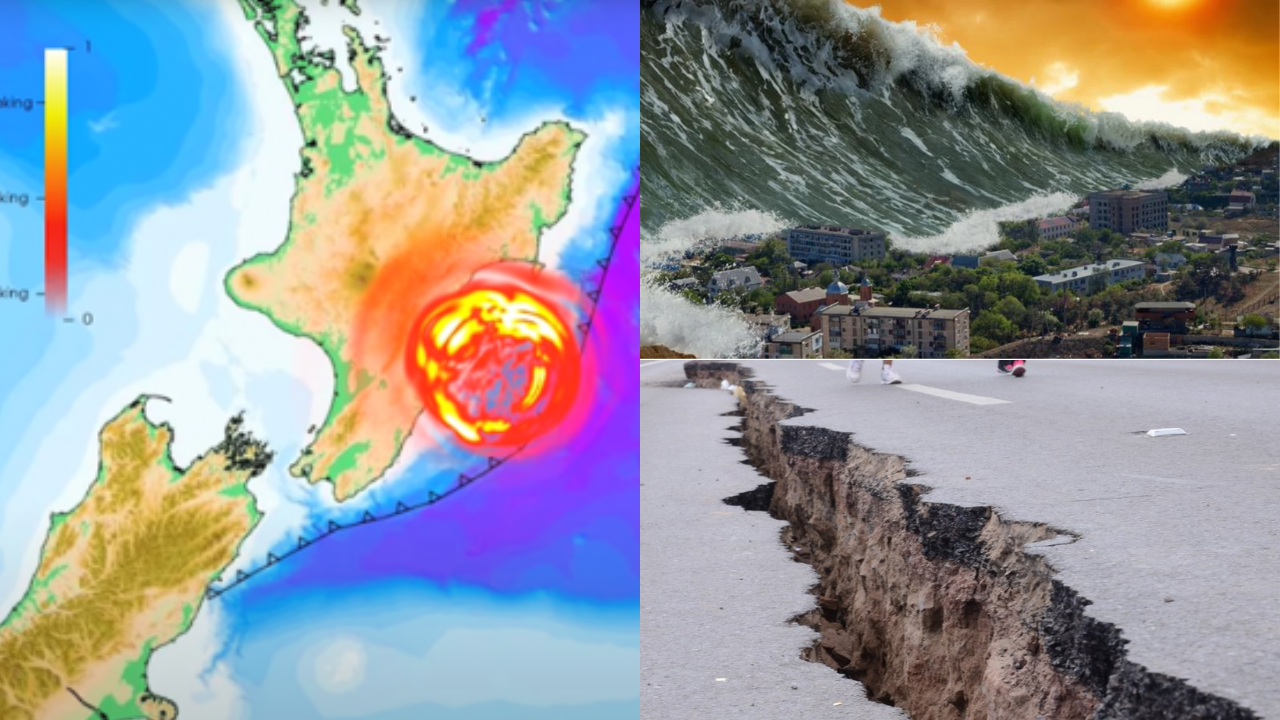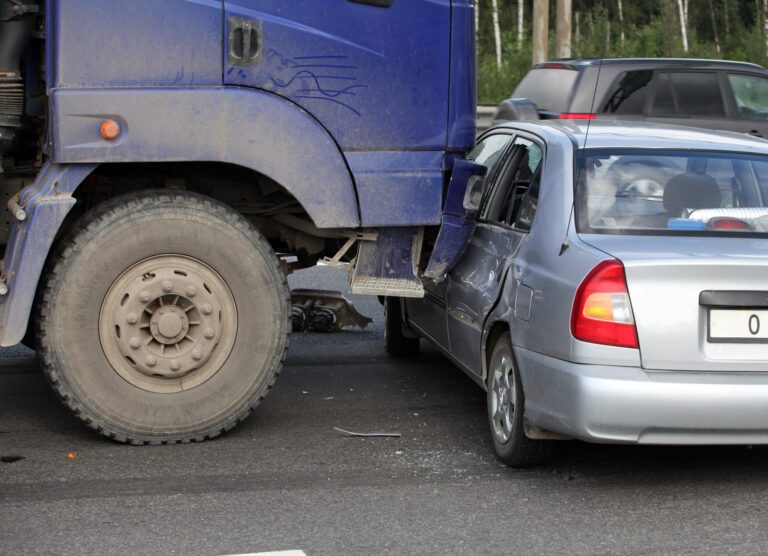The idyllic landscapes of New Zealand might be concealing an alarming secret beneath the ocean. Recent scientific research made a troubling discovery off the North Island’s coast. It could greatly alter our understanding of the seismic future!
The findings are based on the study on seismic cruises and scientific ocean drilling led by the University of Texas Institute for Geophysics (UTIG) team. Their study is in the journal Science Advances. This zone is the home to many of the world’s largest earthquakes and Tsunamis. Let’s know more about the possibility of this shaking the earth!
Unknown Waters
Hikurangi Subduction Zone is a significant fault line for its seismic potential. In the depths of this zone, scientists have found a massive reservoir. This body of water sits more than 3km below the ocean floor. It was revealed as part of an international research initiative focused on understanding the mysteries of the Hikurangi Trench near Gisborne/Tairāwhiti.
A sea's worth of buried water could be dampening earthquakes at New Zealand's Hikurangi subduction zone, according to @UTGeophysics-led study in @ScienceAdvances.https://t.co/FMTH2a0a5D#NSFFunded@WWU @UTexasResearch @txgeosciences @gnsscience@imperialcollege@JAMSTEC_PR pic.twitter.com/tIVb8dEaDK
— University of Texas Institute for Geophysics (@UTGeophysics) October 4, 2023
The Sleepless Night of Dr. Graham Leonard
The term “subduction zone” might seem mysterious. But Dr. Graham Leonard, a natural hazard expert from GNS Science, couldn’t stress enough its importance. He recently admitted to “sleepless nights” over the quake risks in this zone.
And if you’re wondering why this is important, it has a considerable statistic. Scientists estimate there’s a 26% chance of a colossal magnitude 9 earthquake occurring in this zone within the next 50 years.
The subduction zone has a notorious history of producing the world’s most massive earthquakes. The 2011 magnitude 9 quake in Japan and the 9.2 in Indonesia in 2004 are some of the somber reminders. It’s clear why Dr. Leonard and many of his peers are gravely concerned.
The Tsunami Threat!
An earthquake’s devastation doesn’t end with the ground shaking. GNS modeling has shown that a major 8.9 magnitude earthquake in the Hikurangi Subduction Zone would not only shake the ground. It will also trigger a tsunami with waves potentially reaching a staggering 20 meters high. With a meager 13-minute window to get to safety, such an event would demand unprecedented emergency responses.
Understanding the “Slow Burn”
But it’s not just the immediate shaking and subsequent tsunami that’s disturbing. The recently discovered reservoir is now under scrutiny to ascertain its role in what scientists term “slow-slip” earthquakes. These events, described by GNS as “earthquakes in slow motion,” gradually build up pressure over weeks to months. They are potentially topping in the dreaded megaquake.
Andrew Gase, the study’s lead author from Western Washington University, pointed out that the amount of water in this newly discovered reservoir is considerably higher than what’s typical. The implications of this surplus water are not yet fully understood. However, its potential to affect the fault’s pressure can’t be ruled out.
Scientists discover massive undersea reservoir near NZ’s biggest fault zone https://t.co/yVvGxUCkqj pic.twitter.com/t23eP0fQij
— nzherald (@nzherald) October 8, 2023
A Glimpse into Ancient Volcanic Activities
The research site where this reservoir is in is not just any spot in the Pacific. It’s part of an expansive volcanic province that formed when a massive lava plume, almost the size of the United States, erupted from the Earth’s crust into the Pacific Ocean. This event, dating back 125 million years, ranks among the planet’s most significant known volcanic eruptions.
The Road Ahead
With so much at stake, Gase and his team are advocating for deeper drilling. The goal? To pinpoint where this water ends up and to discern its precise effect on the fault’s pressure. Such data would be invaluable in advancing our understanding of large earthquakes, potentially providing critical insights that could help in predicting, and preparing for, these catastrophic events.
Conclusion
The New Zealand’s landscapes continue to captivate us with their splendor, the discovery beneath its ocean floor serves as a poignant reminder. Nature, in all its magnificence, also harbors forces that demand our utmost respect and understanding. And as science delves deeper, one can only hope that knowledge will pave the way for a safer future.
Also read,







